Summary | Excerpt | Reviews | Beyond the Book | Read-Alikes | Genres & Themes | Author Bio
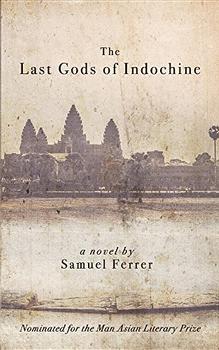
 Book Reviewed by:
Book Reviewed by:
Claire McAlpine
Buy This Book
This article relates to The Last Gods of Indochine
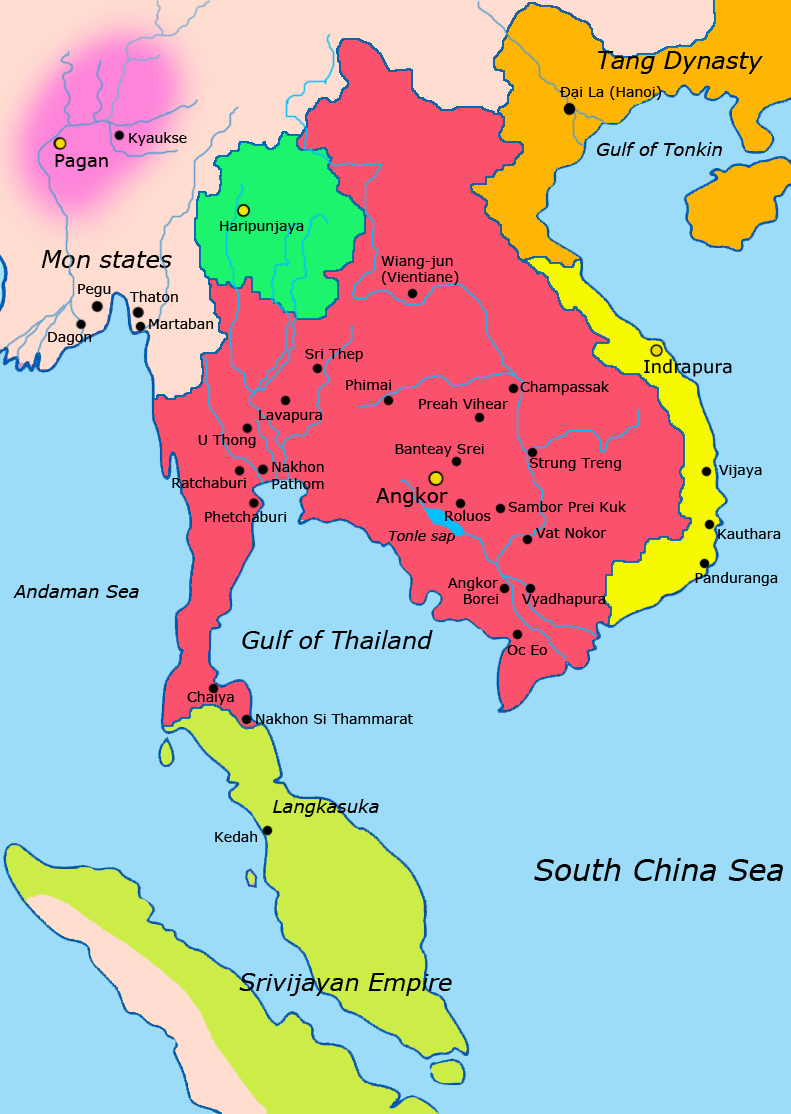 The Khmer Empire was a powerful state in South-East Asia that existed between 802-1431 AD. At the height of its power, it covered modern-day Cambodia, Thailand, Laos, and southern Vietnam. Made up of 90 provinces, its capital Angkor was, at one point, a thriving city of over one million people. The empire was founded upon extensive networks of agricultural rice farming communities managed by the Kingdom.
The Khmer Empire was a powerful state in South-East Asia that existed between 802-1431 AD. At the height of its power, it covered modern-day Cambodia, Thailand, Laos, and southern Vietnam. Made up of 90 provinces, its capital Angkor was, at one point, a thriving city of over one million people. The empire was founded upon extensive networks of agricultural rice farming communities managed by the Kingdom.
Much of the history of Khmer society is known through bas-relief carvings of the Angkor temples (that are studied by the character and real life art historian Victor Goloubew in Samuel Ferrer's The Last Gods of Indochine) and the writings of the visiting 13th century Chinese diplomat Zhou Daguan. The bas-reliefs describe everyday life of the ancient Khmer kingdom including scenes of palace life, celebration of festivals, war battles and images of trading in the marketplace.
 King Jayavarman II is traditionally cited as the founder of the empire, famously declaring himself "deva-raja", meaning "god-king", turning the cult of the ruler into the official state religion. Twenty-eight kings would rule over the empire throughout its existence. Both Hinduism and Buddhism were prominent in the empire, and Shiva and Vishnu were the most important Gods to revere. Kings became Gods after they died.
King Jayavarman II is traditionally cited as the founder of the empire, famously declaring himself "deva-raja", meaning "god-king", turning the cult of the ruler into the official state religion. Twenty-eight kings would rule over the empire throughout its existence. Both Hinduism and Buddhism were prominent in the empire, and Shiva and Vishnu were the most important Gods to revere. Kings became Gods after they died.
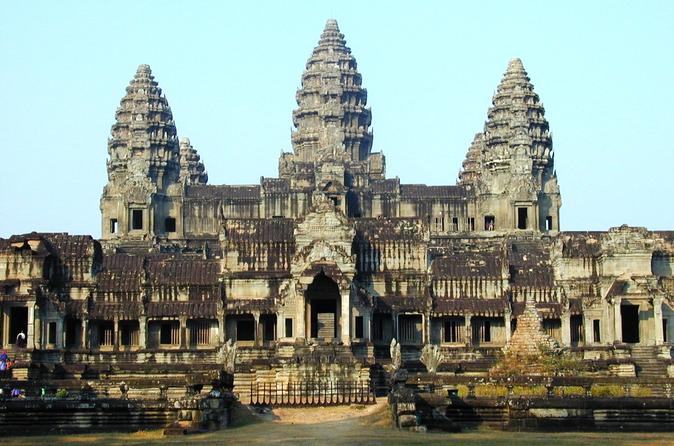 The Khmer people were ambitious builders of monumental temples, huge reservoirs, canals, and extensive road networks with bridges. The empire's greatest king was Jayavarman VII (1181-1215 AD), who built temples, monuments, highways, over 100 hospitals and the spectacular Angkor Thom complex, a city within the city of Angkor. An inscription refers to Angkor Thom as the bride and King Jayavarman as the city's groom. Khmer's legendary temple complex Angkor Wat (considered the largest religious monument in the world) was built during the empire's golden age in the 12th century, and is said to have been created in a period of only 37 years.
The Khmer people were ambitious builders of monumental temples, huge reservoirs, canals, and extensive road networks with bridges. The empire's greatest king was Jayavarman VII (1181-1215 AD), who built temples, monuments, highways, over 100 hospitals and the spectacular Angkor Thom complex, a city within the city of Angkor. An inscription refers to Angkor Thom as the bride and King Jayavarman as the city's groom. Khmer's legendary temple complex Angkor Wat (considered the largest religious monument in the world) was built during the empire's golden age in the 12th century, and is said to have been created in a period of only 37 years.
For all its prominence and size, it has been a great mystery how such a powerful empire could collapse and disappear. If not for the awe inspiring evidence of Angkor Wat, we might find it incredible to imagine that such a civilization existed so long before other known metropolises of the modern age. Recently, credence has been given to the theory that severe climatic changes and a growing population put immense pressure on the water management system, which the empire was dependent on for its economic prosperity. How fascinating that the downfall of this ancient empire might just be the familiar culprit of many of today's natural disasters, climate change.
Map of Khmer Empire at its height
Bas Relief Carvings
Bakong, an early example of Khmer architecture
Filed under People, Eras & Events
![]() This article relates to The Last Gods of Indochine.
It first ran in the April 19, 2017
issue of BookBrowse Recommends.
This article relates to The Last Gods of Indochine.
It first ran in the April 19, 2017
issue of BookBrowse Recommends.

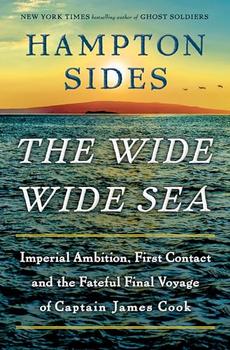

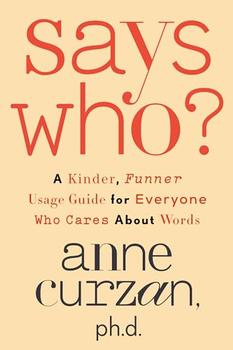
A library is thought in cold storage
Click Here to find out who said this, as well as discovering other famous literary quotes!
Your guide toexceptional books
BookBrowse seeks out and recommends the best in contemporary fiction and nonfiction—books that not only engage and entertain but also deepen our understanding of ourselves and the world around us.